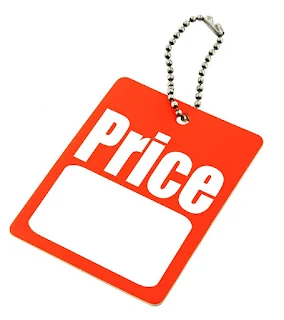When it comes to Japanese translation pricing, understanding how volume impacts cost is key to getting the best value for your project.
Let's unravel the complexities of translation volume and pricing, so you can approach your professional translation needs with confidence and clarity.
How is Translation Volume Measured?
The way translation volume is measured can seem straightforward at first glance, but it's more nuanced than it appears. Generally, translation volume in the source document is measured either by:
Word Count: A Transparent Approach
Using words or characters is a transparent way to calculate pricing. For instance, 100 words at JPY20 per word totals JPY2,000. However, there's a twist: some translation software doesn't count repetitive words, assuming there's no need to translate the same word multiple times. For example, in the previous sentence “word” appears twice, so the software will only count the first instance.
Further, sentences with partial matches to others in the source text (known as “fuzzy matches”) are discounted according to the degree of similarity. This can lead to variations in calculated volume, especially as these software tools often produce inconsistent results across different languages.
Page Count: Simplicity with Caveats
On the surface, calculating based on the number of pages seems simpler. A straightforward calculation like 1 page x JPY2,000 equals JPY2,000. But, this method isn't without its own complexities. Factors such as margin settings, font type, and font size all affect how much text fits on a page and, consequently, the translation volume.
Alternative Volume Calculations
Adding to the complexity, some companies calculate volume based on the output, either the number of translated words or pages. Others might base their pricing on the hours needed to complete the project. It's important to be aware that these methods can provide opportunities for less scrupulous companies to inflate the final cost by “padding” output volume.
Simple and Transparent Pricing
Looking for straightforward Japanese translation pricing for your project?
At the Japan, Tokyo-based Japanese Translation Services, we pride ourselves on transparent and easy-to-understand pricing. All translation quotes are obligation-free, ensuring you get a fair and clear understanding of the costs involved BEFORE the project starts.
